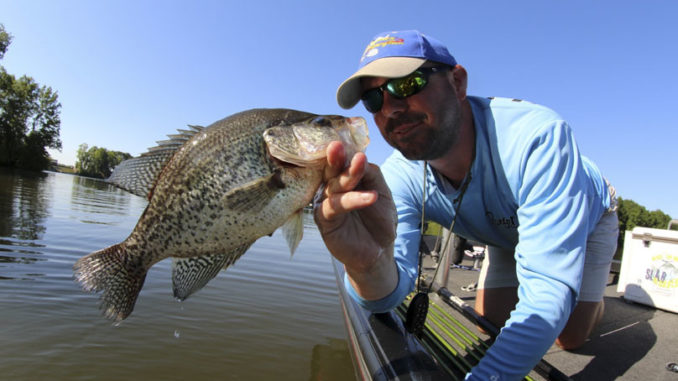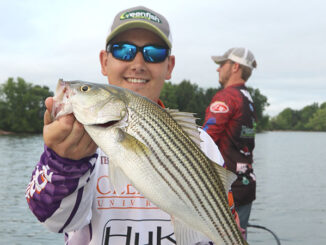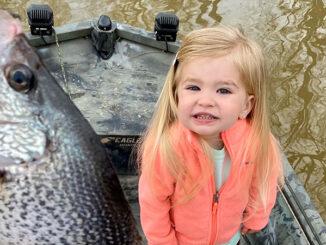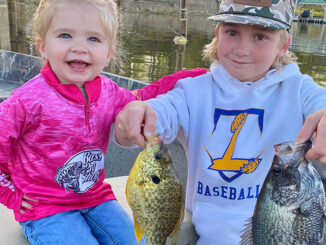
Wateree River slabs get little fishing pressure from anglers
It’s been one of those little-known secrets among anglers from South Carolina’s Midlands for some time. But the word has been slowly spreading the past few years. The Wateree River is a hot spot for crappie, especially in the late spring and throughout the summer.
“I’ve talked to anglers who have catfished their whole lives on this river. And I’ve talked to anglers who have bream-fished their whole lives on this river. The majority of them say they’ve never known anyone to catch a crappie here. But for anglers that target crappie, they know how to find them,” said angler Brian Hammond of Sumter.
The way to catch them, Hammond said, is to find a current break that is close to the strongest current you can find. Crappie, he said, move in between those two types of areas throughout the day during hot weather. He catches most of his slabs within 5 miles of the US Hwy. 378 bridge.
“I’m talking about big trees that are down in the water, or the downcurrent side of big sandbars that extend out farther than most. You’ll find these type areas very near stronger-than-normal currents, which you’ll usually find in the sharpest bends in the river. Especially in narrow sections of the river,” he said.
Once he finds such an area, Hammond will fish it one of two ways, depending on whether the heavy current is upriver or downriver from the current break.
Always avoid slack line when fishing this way
“If the heavy current is upriver of the current break, I will anchor below the break and cast live minnows under a cork into the water in the current break,” he said. “Then, I’ll let the cork float downriver toward me, and I keep reeling just enough to keep my line tight at all times. I just let the current push it down to me, but I make sure my line stays tight. I don’t want any slack line once that minnow floats into some crappie.
“When I find a current break upriver of the heavy current, I will anchor as close to the current break as I can. Often, it’s a downed tree, and if it doesn’t have a bunch of tall branches coming up out of the water, I will just let the current hold my boat against the tree. Then, I’ll just toss my minnow out into the current break, leave my bail open, and let the current carry my cork away from me downriver and into the area with the heavy current. I lightly hold the line as it feeds off my reel. This allows it to run freely without getting too much slack in the line too quickly,” he said.
“You don’t need to waste time in a spot that’s not producing. These crappie move a lot. You might find them thick in one spot for two or three days in a row, then they clear out of that area completely. They move a good bit this time of year, but they will always find another spot that’s similar, with the current break and the heavy current nearby,” Hammond said.





Be the first to comment